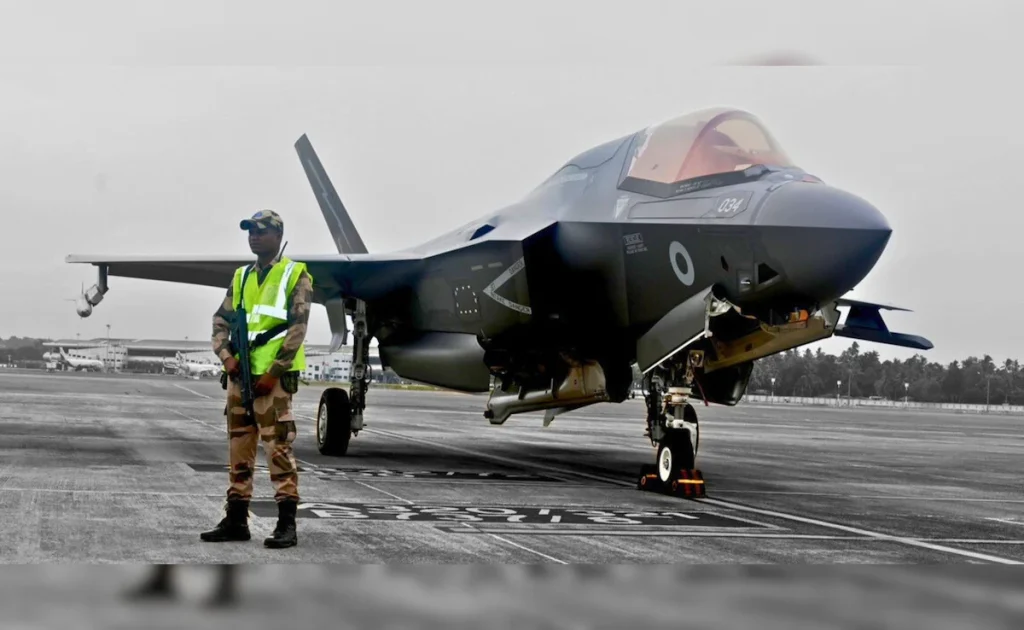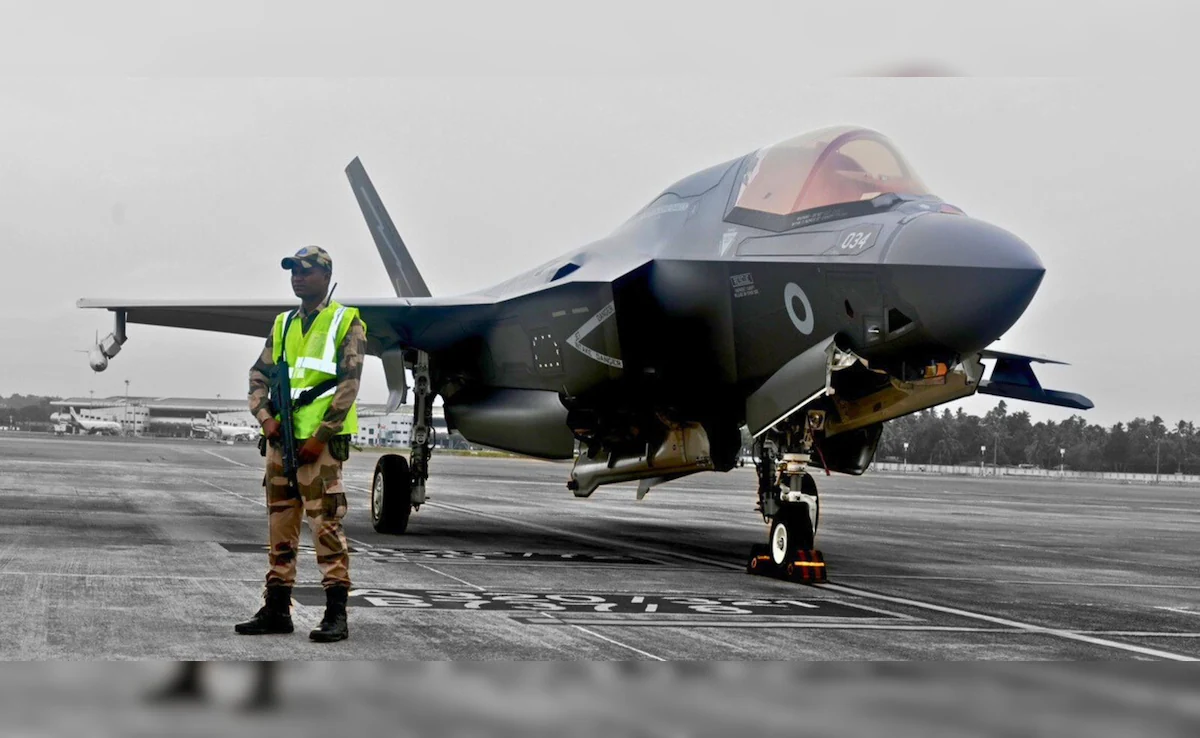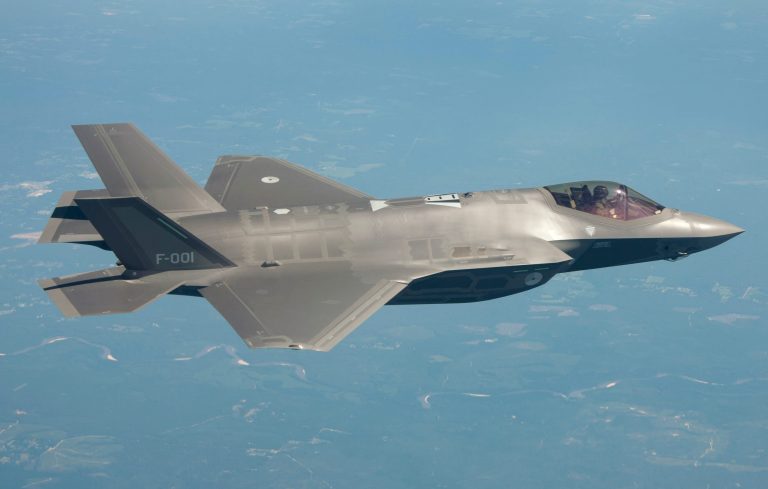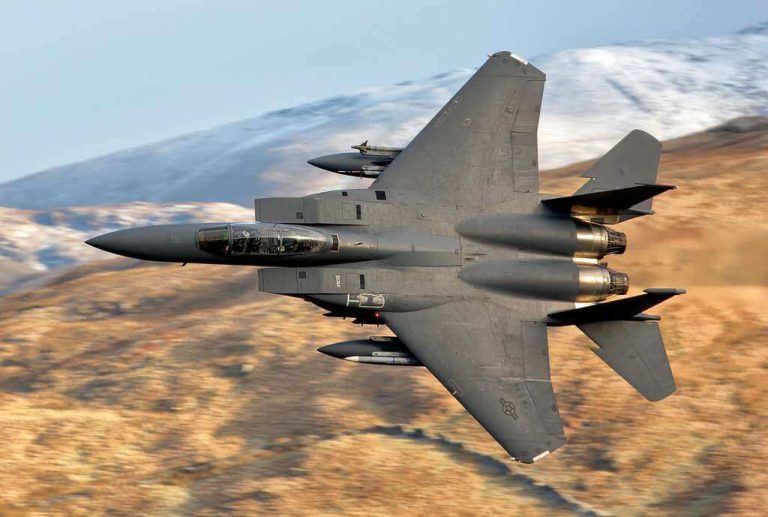In June 2025, global military watchers were surprised by an unusual event — a Royal Navy F-35B Lightning II, one of the most advanced fighter jets in the world, landed at an Indian Air Force base in Thiruvananthapuram, Kerala. This wasn’t part of a joint drill, nor was it a planned diplomatic visit. So why did it happen?
This unexpected move raised many questions about the jet’s performance, reliability, and the logistical planningbehind the UK’s carrier operations. Let’s explore the possible reasons, theories, and what this incident means for the F-35 program’s image.

https://www.bbc.com/news/articles/cy8gj2nlnywo
What Could Be the Reason Behind the Emergency Landing?
Several factors might have caused the F-35 to land in India:
1. Mechanical or System Failure
Despite being a fifth-generation fighter, the F-35 has faced reliability issues:
- Software glitches
- Sensor failures
- Engine overheating
- Fuel system faults
If any of these occurred mid-flight over the Indian Ocean, an emergency diversion to the nearest friendly airbase — in this case, India — would be necessary.
2. Low Fuel or Aerial Refueling Issue
F-35Bs have limited range (approx. 1,000 km in combat load). If aerial refueling failed due to weather or technical issues, the pilot might have been forced to land at the nearest available airbase.
3. Medical Emergency
A pilot health issue could require an immediate landing, and India’s strategic airbases are well-equipped for such scenarios. But the pilot in this case, did not report any health issue after landing.
4. Navigation or Mission Planning Error
Modern jets rely heavily on GPS and data links. A navigation system fault or wrong mission planning could cause the jet to head off-course, needing a safe landing spot.
How Much Does It Cost to Store a Jet in a Friendly Country?
While exact figures depend on agreements between countries, a temporary hangaring and maintenance of a fighter jet like the F-35 can cost thousands of dollars per day:
- Hangar space: $1,000–$5,000/day
- Ground crew support: $2,000–$4,000/day
- Security and logistics: $1,000/day
- Fuel and minor repairs: Additional costs
So, even a week of stay could cost upwards of $50,000 — not to mention the diplomatic and media attention.
Why This Reflects Poorly on the F-35’s Reputation
The F-35 program has already been under fire for:
- Over-budget development (over $1.7 trillion lifetime cost)
- Delayed deliveries
- Frequent operational issues
- High maintenance costs
Now, a jet from the UK’s most advanced aircraft carrier landing unexpectedly in another country adds fuel to criticism. It raises doubts about the jet’s reliability on extended missions, especially over remote ocean routes.
Theories and Mysteries Around the Landing
The internet is full of speculation:
- Was it a covert refueling or recon mission?
- Did it carry sensitive data or fail a classified test?
- Is the UK testing India’s response time to emergencies?
- Or was this an early sign of deeper UK-India defense ties?
While official sources state it was a technical issue, lack of details keeps the mystery alive.
Possible Long-Term Issues
- Strain on India-UK defense relations if not well-managed.
- Insurance and liability concerns if the jet is damaged abroad.
- Media and public criticism over tax-payer funded assets having poor mission reliability.
- Operational embarrassment for the Royal Navy and Lockheed Martin.
The Royal Navy F-35’s landing in India might seem like a small incident, but for a jet that represents the pinnacle of Western aerospace engineering, it’s a reminder of how complex and vulnerable even the best systems can be.
Whether due to a genuine technical failure or part of a deeper mystery, this event adds to the long list of challenges the F-35 program faces. As the world watches, both the UK and India have handled the situation calmly and professionally, but questions remain — and so do the costs.







